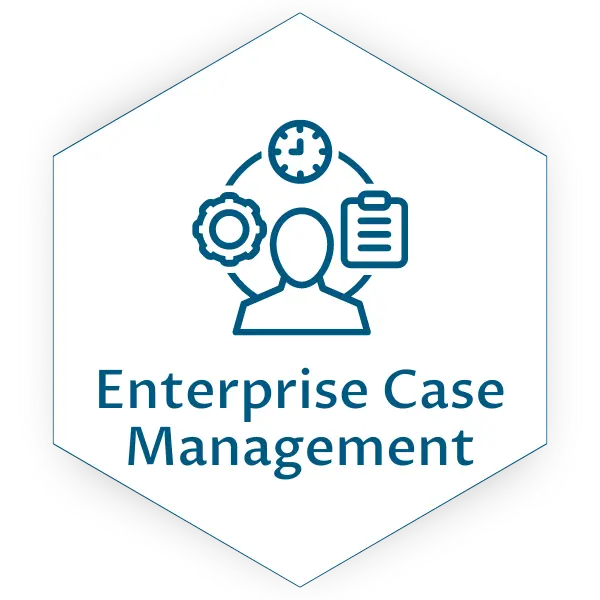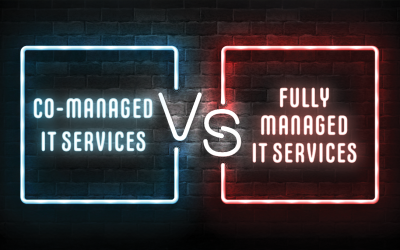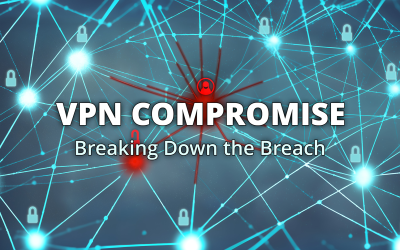Balancing Cost & Capability in IT
Cutting corners on IT can be risky, but overinvesting can drain your resources. Our experts can help you find the right balance.
Seasoned IT Problem Solvers
Embrace reliable IT solutions driven by proven processes and seasoned professionals. WingSwept’s employee-owned structure promotes commitment, providing an experienced team to address your IT needs.
Tailored Solutions for Every Industry
Cybersecurity at the Core
Cybersecurity isn’t just a priority—it’s ingrained in everything we do. Our team of certified experts specializes in safeguarding your business from ever-evolving threats. Whether it’s implementing industry-leading security best practices, responding to suspected compromises, or enhancing email security, we address all your cybersecurity concerns with proven solutions.

YEARS in business
years of Customer Tenure
Google Rating
Google Reviews
Start A Conversation Today
Begin the journey to improve your IT infrastructure today. Complete the form below to initiate a low-pressure, educational conversation. Our team is ready to offer guidance and expertise. Should we not align with your needs, we’re happy to suggest alternative solutions.
Stay Informed, Stay Secure
Cybersecurity Isn’t Optional: Lessons from a Real-Life Nightmare
In today’s fast-paced digital world, cybersecurity threats are evolving at an alarming rate. One recent case offers a jarring wake-up call to firms of all sizes: Jackie Marie Peters. No, not a...
Co-Managed vs. Fully Managed—Which Is Right for Your Business?
Running a small or mid-sized business involves juggling multiple responsibilities, from client demands to employee management, and sometimes, IT just doesn't get the attention it deserves—until...
Corporate VPN Compromise: Breaking Down the Breach
Welcome to the latest edition of our “Breaking Down the Breach” series. In this installment we dissect a ransomware incident that leapt from a corporate headquarters into a branch office through an...





















